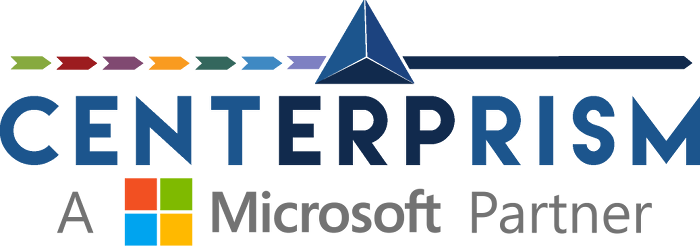INVENTORY MANAGEMENT
As a comprehensive ERP solution, Centerprism fully addresses Inventory Management operations with forecasting tools designed to allow you to streamline purchasing while increasing stock turns and service levels. Centerprism’s Replenishment Tool leverages item sales history along with product ranking, item transfers, and back ordered allocation to create optimized inventory levels. Centerprism’s PrismView™ and PrismSummaries™ item information analysis, alerts, and tighter integration to the item maintenance screens and allows quick access to critical information. Centerprism expands functionality with additional tables to accommodate Item Catalogs, Alternative, Equivalent, and Complimentary items, Kits & Assemblies, and Competitor information stored in the item maintenance screen.
![]()
Forecasting
This Prism Forecaster™ is an item replenishment tool that allows our users to predict stock requirements needed to maintain appropriate service levels based on factors such as sales history, vendor lead time, safety stock, item popularity, and customer buying patterns. Additional parameters are available with built-in models that can easily be deployed. The key to optimum inventory management is to strive to maintain high service levels (no out-of-stocks) while keeping inventory costs low. Just-in-time inventory management is achieved by keeping on hand only what stock you need each week to meet customers’ demand.
Inventory Management Forecasting Features:
- Ability to create custom stocking plans based on a variety of factors such as stocking levels, item product ranking, and vendor requirements.
- Reorder points for each item automatically change based on customer sales history.
- A Purchase Advisor report can be run to show the effect of an order point recalculation before and/or after the order point field is updated for each item record.
- Exceptions, sales spikes, or temporary projects can be filtered out of sales history calculations in order to ensure order point accuracy.
- Different scenarios can be tried with different service level values in order to optimize stocking levels.
- Sales history date ranges can be changed on the fly to accommodate unique customer needs.
- Forecaster can be used to help create Purchasing Plans for items.
![]()
Catalog Management
With Catalog Management, users are able to store information about items not generally stocked in their regular inventory. Catalogs can be used for one-off or special orders, rentals, repair items, or to assign equipment to a specific client. Catalog items can be retrieved at order entry, and are an ideal tool for keeping consistent pricing and item information.
- Ability to create multiple catalogs (example: catalogs by a vendor).
- Ability to move catalog items to a regular item database.
- Catalog screen allows the user to store multiple cost fields and key item fields such as list price, margin, vendor information, UOM, multiple descriptions, plus user-defined fields.
- At Order Entry, the system auto searches catalogs when an item is not found in the item database. Also, users can enter a non-inventory item.
- In Order History Views, catalog and regular items are color differentiated.
- Track order history analytics by customer to help determine if items should be ordered and stocked in the warehouse.
- Expiration Date tracking.
- Meter reading tracking history.
![]()
Alternates & Equivalents
This Centerprism feature for Inventory Management gives the user the ability to offer substitute items to a customer when a product item is unavailable. Equivalent items are identical items offered by different vendors. Alternate items are similar items that serve the same function though they may differ slightly in make or design. Both tables are stored in the main item maintenance screen.
- Alert pop-up displays for items that have an assigned Alternate or Equivalent item
- List of all Alternate and/or Equivalent items is available in a tab at the order entry screen along with quantities, cost, pricing & vendor information
- Product item history is available.
- Add substituted item to an order with one click.
- Complimentary Item Table is also available for each item along with selling notes.
![]()
Kits & Assemblies
This functionality allows items to be combined into unique inventory SKUs to be sold as a single entity at order entry. Kits or assemblies can be combined as they are sold at order entry to pre-made to stock. If pre-made to stock, the component item’s quantity on hand will be subtracted and QOH of the kit or assembly SKU is increased.
- Pricing for Kit or Assembly can be calculated based on individual component cost.
- Work Orders can be created in order to give instructions to the warehouse.
- Available to Make Report shows how many assemblies can be made with component quantities on hand.
- Kits can include other kits.
- At Order Entry, Kit components can be interchanged and pricing recalculated.
- At Order Entry, if a kit is entered more than once, the group of components will be color coded to differentiate from other like kits.
- Kits can be sold without pre-assembly.
- Quantity on hand for components can be adjusted at order entry.
- Assemblies and kits can be pre-assembled SKUs and become a unique item with QOH tracking.
- A disassemble process allows assembly component quantities to be put back into stock.
